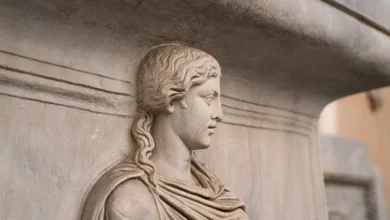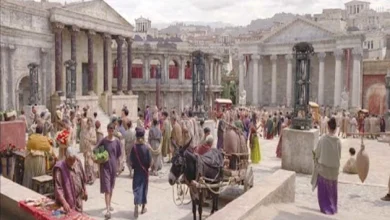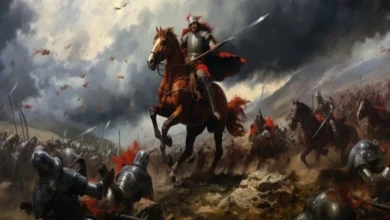Who were the Picts: the people who stopped the Roman Empire
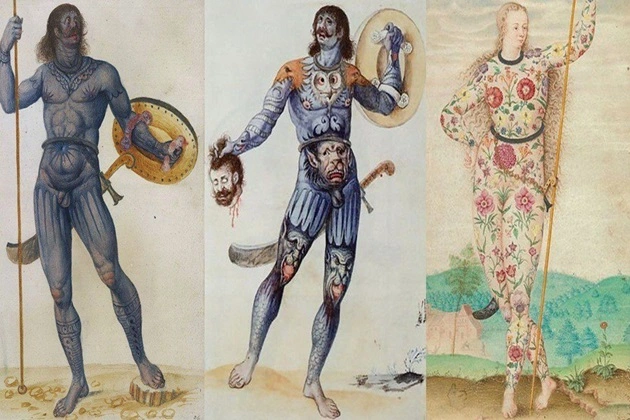
The Picts are one of the most mysterious peoples of Europe. Modern science has more questions than answers about their history, language, and culture. They stopped Roman expansion from taking over all of Britain.
However, they did not become a great and prosperous people. Their tradition quietly disappeared or was transformed into something else in the early Middle Ages.
Blue paint and tattoos

In modern culture, Picts are portrayed as people whose bodies are covered in tattoos or blue paint. This is how Senua from Hellblade: Senua’s Sacrifice and William Wallace, played by Mel Gibson in the immortal classic Braveheart, look.
The same images are used in Assassin’s Creed Valhalla and the Total War strategy game series. There is not much documentary evidence describing the actual appearance of the Picts.
However, the word Picti itself means painted or tattooed people. As reported in Roman chronicles, this appearance intimidated the enemy during battles. On the other hand, historians question the possibility of obtaining enough paint to paint all the warriors.
Merchants, fishermen, and pirates

According to contemporaries’ observations, the Picts made no clear distinction in their activities in the coastal territories. A merchant ship traveling with goods to Londnium (modern London) could stop at a small village on its way back to plunder and recruit slaves.
It’s a double benefit. Similarly, fishermen turned into pirates if they spotted a vulnerable target. The Britons, loyal to Rome, were unhappy about such a neighborhood and tried to organize retaliatory raids.
More often than not, however, the Picts did not accept direct combat, preferring to retreat to the mountains, where they already dictated the rules of the game.
Unknown origins

Historians have no consensus on the Picts’ origin. The most common version considers them descendants of Celtic culture. There is also a hypothesis that the Picts are remnants of ancient people from the pre-Indo-European population of Europe. In that case, they were the last truly Indigenous Europeans.
The disappearance of the Picts is no less controversial. Their state existed for more than 400 years. Kinyod, son of Alpin, was the last king, whose reign ended in 858.
At that time, there were a number of alliances with other state entities, including the related Scotts. Over the next few centuries, however, the traditional culture and language of the Picts disappeared. Most historians agree that the Scots are the modern descendants of the Picts.
Picts are a misnomer

Obviously, the Picts did not call themselves that. The Latin word Picti was pejorative. For the Romans, they were just barbarians with a distinctive feature in the form of body paint.
The Picts are called differently in other sources: Cruthin in Ireland or Albidosi in the Chronicle of the Kings of Alba. It is known that the Picts were a kind of confederation consisting of several related tribes.
A strong amalgamation occurred after the first kingdom was established, but even within its borders, there may have been cultural, clan, and even linguistic divisions. Simply put, it is unclear whether the Picts perceived themselves as a unified people.
Pictish Stones
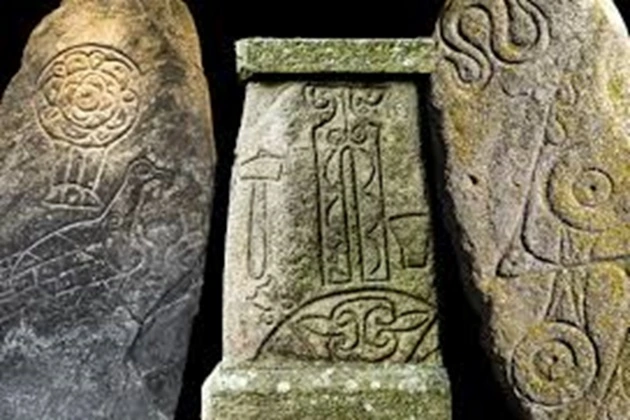
Megaliths of various sizes and shapes covered with characteristic ornaments have been found throughout Scotland. The designs range from domestic animals and humans to dragons and other unidentifiable creatures.
Some stones contain the Ogham script, a unique type of writing used only by the ancient Celts and Picts. The meaning of many of the symbols has not yet been deciphered.
Perhaps the Picts’ writing is a cipher. Therefore, it consists of symbols that are easily confused with simple ornaments. The cipher differs from the cipher in that it tries to hide the fact that there is information. This is what makes it difficult for modern scholars to translate the writing of the Picts.
Rome’s Big Problem
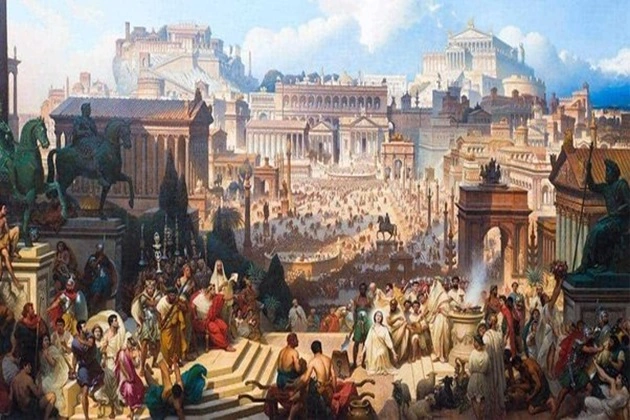
The Picts suffered several painful defeats in direct battles but remained unconquered. Instead of going on the defensive, they constantly harassed Rome with raids, including on the capital, Londinium.
The Roman commander Agricola reported that he destroyed 10,000 Picts, losing only 340 legionaries. The figures seem unrealistic, but it is possible that civilians were counted and destroyed along with the villages. On the other hand, there is a legend of the complete defeat of an entire legion.
To contain the raids, the IX Legion traveled to the North of Scotland, where it perished in an unknown battle with painted men. The authenticity of this story has been questioned.
However, in the year 120, the famous Spanish Legion in Britain does indeed disappear from all written sources. Perhaps somewhere in the Scottish mountains still lies the universally forgotten eagle of the Ninth Legion.
The Picts were the first to encounter the Vikings

In the very North of Britain, the Picts were the first to meet the people we now call Vikings. The plot of Hellblade: Senua’s Sacrifice revolves around this encounter. Senua, painted in characteristic colors, fights with the Northmen who came from across the sea.
The heroine aspires to Helheim, the Scandinavian world of the dead. The goddess Hel rules there, and only she can bring the dead back to life.
It is unknown how much the Picts were affected by the Viking expansion, but it definitely damaged their culture and lowered their population.
However, as before, the Scottish mountains remained a safe haven that would not let outsiders too far away.

